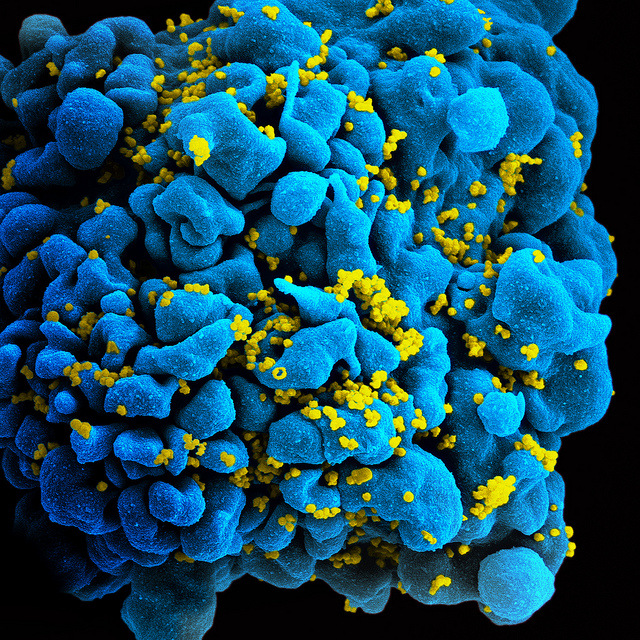Crispr: A New Cell-Editing Technique Found to be 72% Effective in Defeating HIV
A group of scientist recently claim that they are one-step closer into finding a cure for HIV and AIDS. HIV is hard to cure mainly because of its ability to hide in the body and pretend to be a good cell. However a new approach has been found with could edit a cell infected by HIV. The new method has been found to be 72% effective.
In their recent tests, they found that their technique was able to remove up to 72% of the HIV cell from the infected. They way they do it, they customize the defence system of a bacteria and train it’s scissor like machine. They call it ‘Crispr’.
Crispr accurately changes the target parts’ genetic code. What make Crispr standout from other genetic-slicing tools is the fact that its target is on a DNA level. In the process of cellular repairs, the Crispr will snip the DNA, in this way, Crispr will accurately shut down specific genes in the genome.
Juan Carlos Izpisua Belmonte (Professor of Salk’s Gene Expression Laboratory) said, “Evolution has led to some of the most astonishing mechanisms for protecting organisms against their natural pathogens. Understanding the immune responses by which bacteria protect themselves against viral infections has allowed us to engineer novel platforms for the targeting of devastating viruses, such as HIV, in human patients.”
What makes HIV so dangerous is the fact that when it enters a human cell, it causes chaos. It controls the cell’s machinery and makes copies of itself and buries its copies in the cell’s own genes. So surely, the battle for HIV should be taken on a genetic level as well.
After altering a cell, this cell then becomes an HIV factory, making new copies of it to spread out throughout the victim’s body. Currently drugs available in the market only targets one stage of the process. Some can stop the virus from integrating into the cell’s DNA, and other stops a cell from producing more viruses.
According to Hsin-Kai Liao (Research Associate at the Izpisua Belmonte Laboratory) the problem with this cure is the fact that they don’t actually remove the copies of the virus within the cell’s DNA. They might be dormant for some time, and be activated again, only created havoc in the cell once again. Liao added, “Patients normally need to take drugs every day or every week for their whole lives, because of the HIV that can be latent. This costs money, time and effort.”
To defeat the virus, the team in Izpisua Belmonte Laboratory is taking the battle on a genetic level through CRISPR. Since its discovery, scientists are now using this technology to edit genes. But some are curious as to whether the tech can be used to edit viruses within human cells, and they found that CRISPR was able to completely remove the virus up to 72% of the cell.
Not only was it able to snip the active HIV virus, CRISPR was also able to snip the dormant and hiding HIV.
Professor Liao added, “CRISPR can actually excise the virus out of the human genome. Having the system in place, they showed, prevented an infection-CRISPR chopped up any copies of the virus before they could start replicating. The HIV virus can mutate very quickly, if we target multiple regions at the same time, we reduce the chance that the virus can develop resistance.”
 HIV Infected T-Cell
HIV Infected T-Cell
http://www.crossmap.com/news/hiv-and-aids-cure-news-and-updates-crispr-a-new-cell-editing-technique-found-to-be-72-effective-20467
